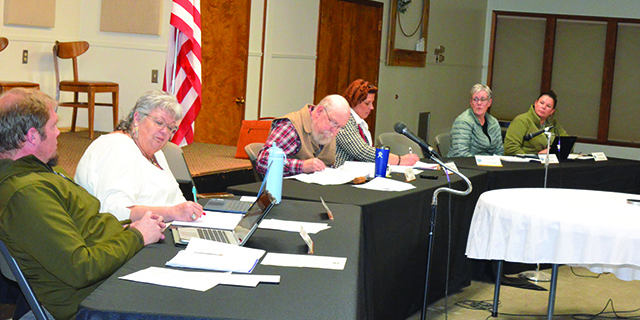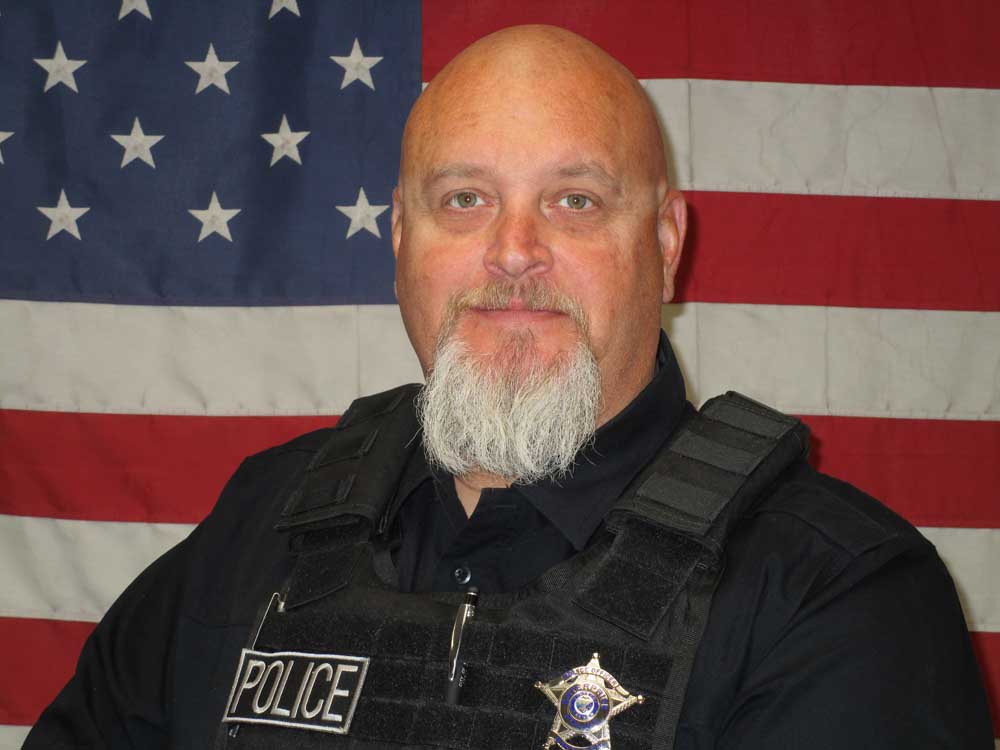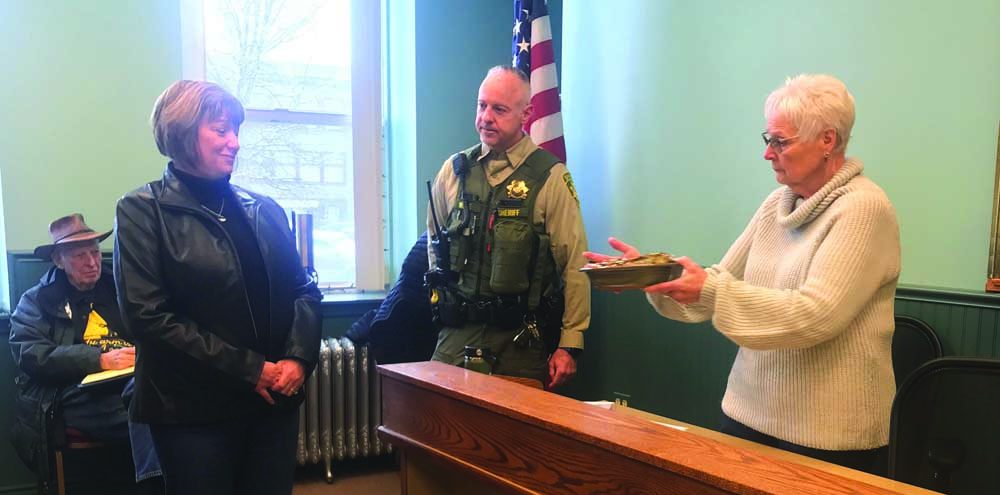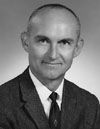Sex abuse expert gives talk on protecting young children
Published 5:00 pm Wednesday, September 15, 2004
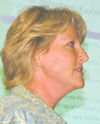
- Cory Jewell Jensen
Widespread pornography on the Internet and its use by child molesters to contact victims “is a huge issue that scares me to death,” said Cory Jewell Jensen at a presentation on the topic “Protecting Your Children: Advice from Child Molesters” at the Enterprise School multipurpose room Sept. 9.
Jensen has worked with hundreds of child molesters and pedophiles through the Center for Behavior Intervention in Beaverton, and uses her experience to educate parents and others involved with children about sexual abuse.
Approximately 125 local residents attended Thursday night’s three-hour presentation, with the same number signed up for an all-day workshop Friday at Joseph Community Center.
Jensen spent most of the three-hour presentation talking about disturbing statistics and facts about child abusers, and also gave parents advice on how to best protect their kids.
“I think it’s getting worse, not just being reported more,” Jensen said of sexual abuse. “That’s why people in my field are coming out of our clinics to talk to people.” She added, “It’s far more common that we want to accept.”
The sex abuse expert punctuated her talk with video clips of child abusers talking about their attitudes and techniques for such things as selecting victims.
Jensen said while much of the advice concerning sex abuse focuses on strangers, such as the “registered sex offender” group, the truth is that family members, friends and trusted authority figures are the most common abusers.
One study shows that 16 percent of abusers are the victim’s biological parents; 14 percent, stepparents; 16 percent, other relatives (uncle, grandparent, sibling); 23 percent, friend of parent; 3 percent, significant other of parent; 22 percent, person in authority (clergy, teacher, coach); 5 percent, stranger; and 1 percent, other. According to the study, 51 percent of the victims were under 12 years old.
According to Jensen, sex abuse of children is much more prevalent than commonly known, with one out of three or four girls and one out of every six or seven boys molested prior to their 18th birthday. Fewer than 5 percent of children tell anyone they are being abused, and at least 88 percent of sex crimes go unreported.
Other statistics presented by Jensen: between 5 and 10 percent of adult males have molested children; men who primarily target girls abuse 10 to 20 times before being apprehended; men who target boys abuse 30 to 50 times before caught. About a third of all offenders abuse both boys and girls.
“If you know 20 men, you know a sex abuser,” Jensen said.
“Sex offenders think differently than most people,” she said. For example, there are groups advocating men-boy “love” as actually being beneficial for young boys. She said they also rationalize what they do, placing the blame on the young victims for initiating contact or minimizing the negative impact. She said the scariest offenders are those who see avoiding getting caught as a challenge and part of the thrill of the crime.
Jensen said the responsibility for protecting children belongs to parents and other adults, and while programs which try to educate kids, for example, “Good Touch, Bad Touch,” are well meaning, studies have shown they aren’t very effective. In her own experience offenders laugh at such programs because of how easy it is to get around children.
A few of the things offenders do to get close to children:
Often select kids who are at “risk” with a weak support system.
Advance physical contact, such as wrestling, tickling, hugging or backrubs, often in front of the parents, before advancing toward sexual contact.
Create a bond of friendship and loyalty.
Makes the child responsible for keeping the secret.
A few of the “red flag” signs that Jensen said are common offender traits includes adults or adolescents who have been accused or convicted of child molestation; those who seem pre-occupied with children and prefer their company; those who engage in frequent physical contact (“Most people don’t generally touch other people’s children very much,” she said); adults who act like children or allow children to do inappropriate things; adults who work with children but also spend their free time doing “special things” with them; single adults who work or volunteer with children’s groups; and adults who want to take children on special outings too often or that involve being alone with your child.
Jensen said that the percentage of false claims by children under 14 who report being abused is very small, only 2 percent, and for teenagers it’s 4 percent.
The most important thing parents can do if their children report abuse is “believe them,” Jensen said. Stay calm, limit the discussion, don’t ask why they didn’t tell you sooner, don’t confront the offender, call the police and get help for you and your child as soon as possible.
To protect their children, Jensen said parents should most importantly develop a close bond, and talk openly with children about sexual development, behavior and abuse. Over a period of time tell them that some people have “touching problems” and try to trick kids into keeping touching secrets, giving examples of things they might do.
“I don’t want you to run home and scare your kids to death, but you do need to talk to them in a positive manner,” said Jensen.
Some other advice she gives includes trust your instincts; don’t let your children be alone with people who have been accused of molesting; be alert for offender behavior; be cautious about who you allow to baby sit, and routinely quiz the children about what happens when you are gone; don’t let young male children go into public restrooms by themselves; get to know the homes where your children go to play; supervise all Internet activities closely; and develop the kind of relationship that would allow your child to come to you for help or support. She strongly recommends Love and Logic parenting classes.
Jensen encouraged all those who attended the presentation to make copies of the handout material, which included a list of books about the subject, and distribute it to parents who were not present.


